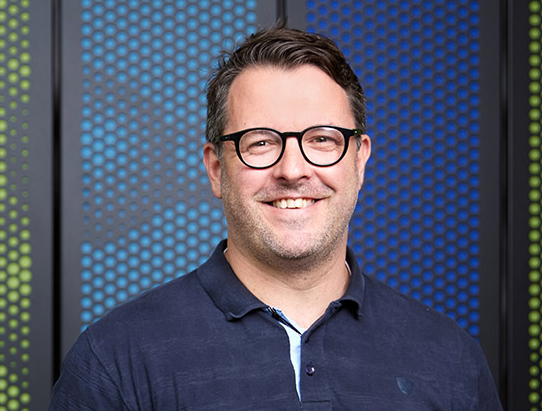Doyle Group
Helminth Genomics
We generate and analyse population-wide to single-cell resolution genomic datasets to understand the genetic basis for parasitic worms' evolutionary success and future potential and to identify evolutionary constraints that may be exploited to control them.
Related Sanger Institute blog

Unravelling how parasitic worms respond to drug treatment
The global burden of parasitic worm infections
Parasitic worms (known as helminths) are a group of organisms that exploit an incredibly diverse range of hosts and life history strategies so that they can persist across generations. Helminth infections of humans and animals of veterinary importance, such as companion and food-producing animals, are responsible for a significant disease burden in their hosts that causes pain, disability, developmental delay, and in some cases, death around the world.
Worldwide, more than 1.5 billion people and countless animals are infected with one or more helminth species at any given time. The importance of drugs to control helminth infections (known as anthelmintics) cannot be understated. Human helminth infections are the target of large-scale mass drug administration campaigns. In veterinary settings hundreds of millions of animals are treated with anthelmintic drugs to prevent and/or cure infections.
Our research
Genomics increasingly plays a critical role in understanding parasite worm biology. At the foundation of many wet and dry lab studies is the reference genome, which can provide great insights into the form and function of parasites and the evolutionary processes that make them successful.
Understanding parasite biology through genomics
Generating and openly sharing reference genomes
We have led and contributed to generating high-quality reference genomes for several parasitic worm species, supporting ongoing curation of genome annotations and resources that are shared openly for our work and the parasitology community. These resources are primarily shared via WormBase ParaSite an invaluable resource for helminth biology that we contribute to and make use of constantly.
Developing and analysing single-cell, spatial, and developmental timecourse datasets
We have led the generation of rich datasets to understand parasite biology, including developmental transcriptional timecourses and are currently working on single-nuclei RNAseq and spatial transcriptomic atlases to both better understand the developmental biology of these parasites and reveal greater knowledge of the expression characteristics of many genes of unknown function.
Analysing parasite response to drug treatment
A strong theme in the group is focused on understanding parasite responses to drug treatment.
We use natural host-parasite systems such as Haemonchus contortus in sheep and field isolates of parasites such as Teladorsagia circumcincta and Dirofilaria immitis collected from around the world to map genetic variation associated with drug resistance to the vital drug classes used to control parasitic worms.
In humans, we have contributed to the understanding of the genetics of praziquantel resistance in Schistosoma mansoni and are currently focused on understanding treatment response variation in large cohorts of soil-transmitted parasites collected as part of clinical trials to evaluate new approaches for control.
Laying the foundations for public health monitoring and intervention
The ability to accurately and sensitively diagnose parasite infections is at the forefront of efforts to control parasites as a public health problem and their elimination.
We have surveyed soil-transmitted helminth diversity to understand the impact of genetic variation on the success of molecular diagnostics and are currently developing scaleable and portable amplicon sequencing approaches to detect mixed parasite infections. We aim to use these tools to measure the impact of treatment approaches and interactions with other variables, such as environmental and health outcomes, on parasite community diversity.
Generating and openly sharing foundational resources
Collectively, we seek to build foundational knowledge of parasites that infect humans and animals and to use this knowledge to improve the control of parasites as a human and animal health burden worldwide.
Core team

Dr Sarah K Buddenborg
Postdoctoral Fellow

Dr Javier Gandasegui
Staff Scientist

Dr Mona Suleiman
Postdoctoral Fellow
Partners
We work with the following research collaborations and partners
External
Anne Lespine
French National Institute for Agriculture, Food, and Environment (INRAE), France
Scientific collaborator
External
Inácio Mandomando
Centro de Investigação em Saúde de Manhiça (CISM), Mozambique
Scientific collaborator
External
STOP2030
Ghana Health Service, Kenya Medical Research Institute (KEMRI), Laboratorios Liconsa SA (Liconsa), Fundación Mundo Sano (FMS), The Barcelona Institute for Global Health, ISGlobal, Bridges To Development
Collaboration
